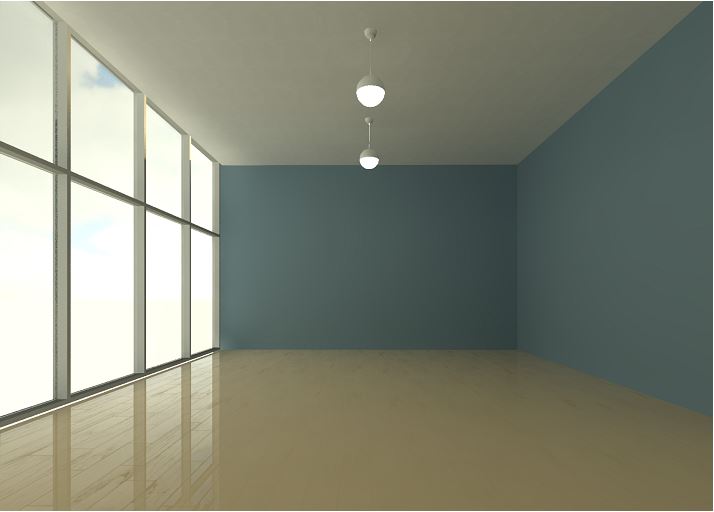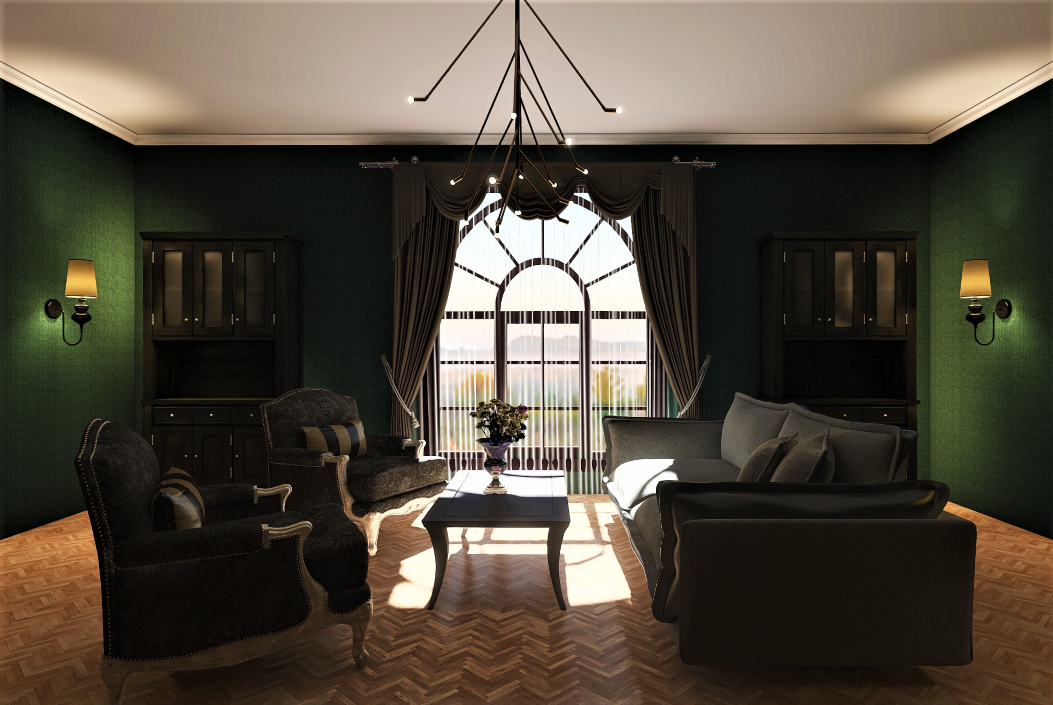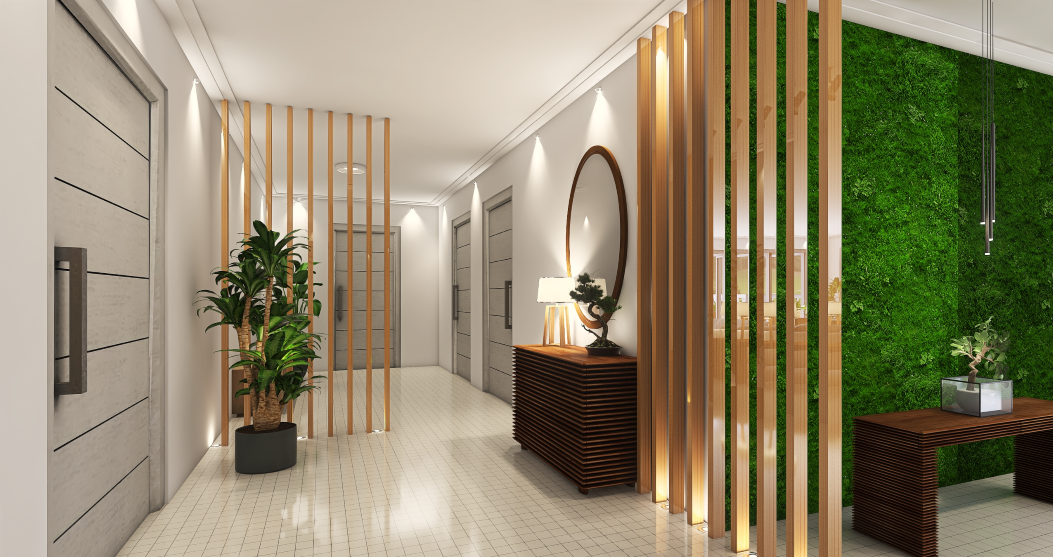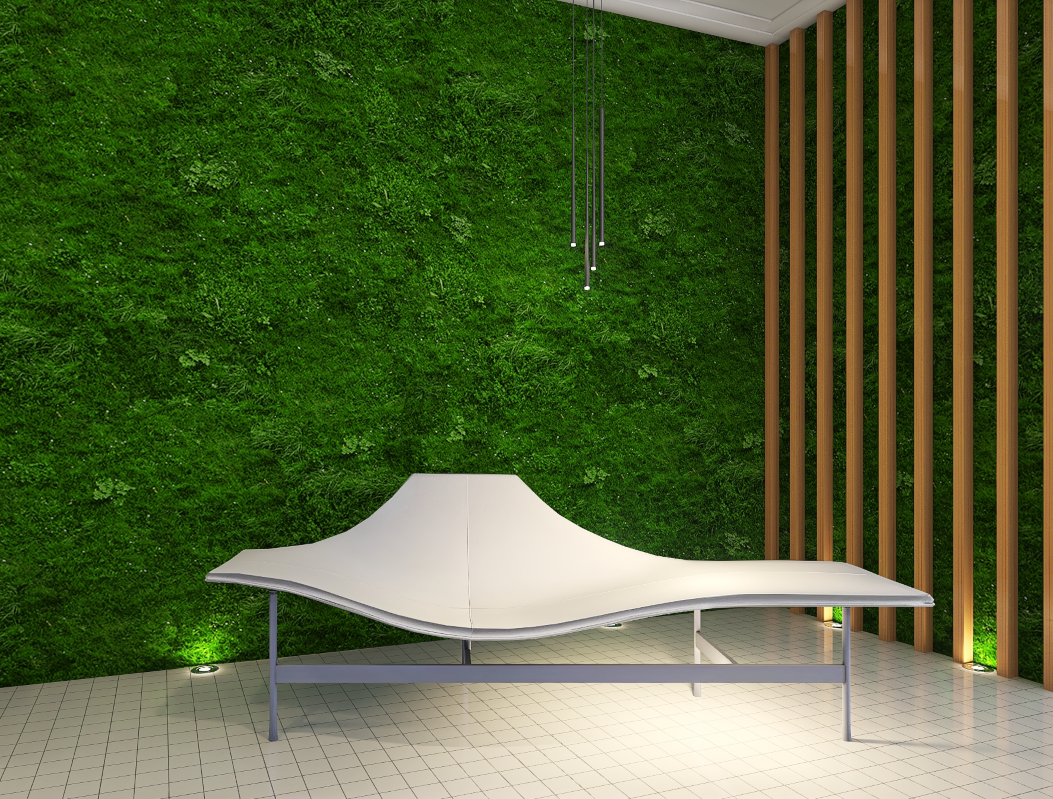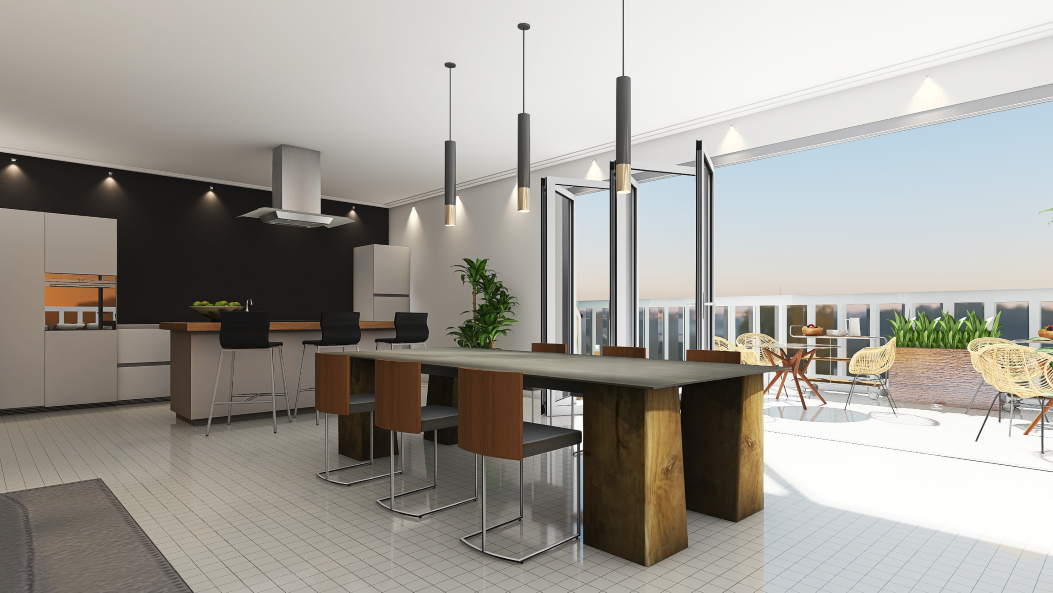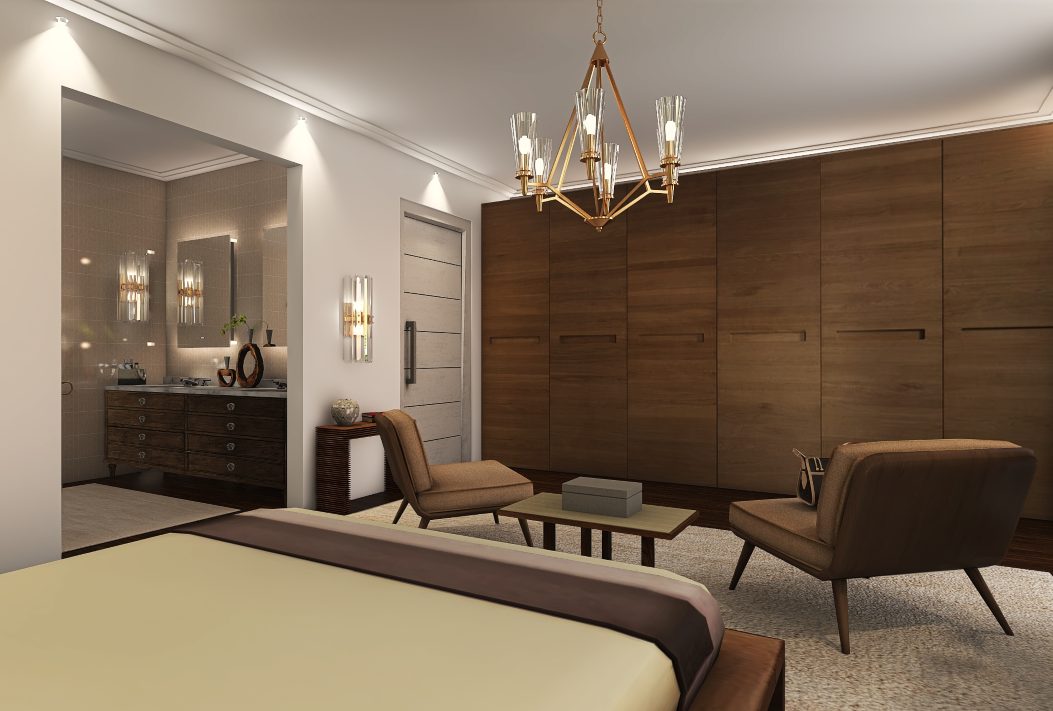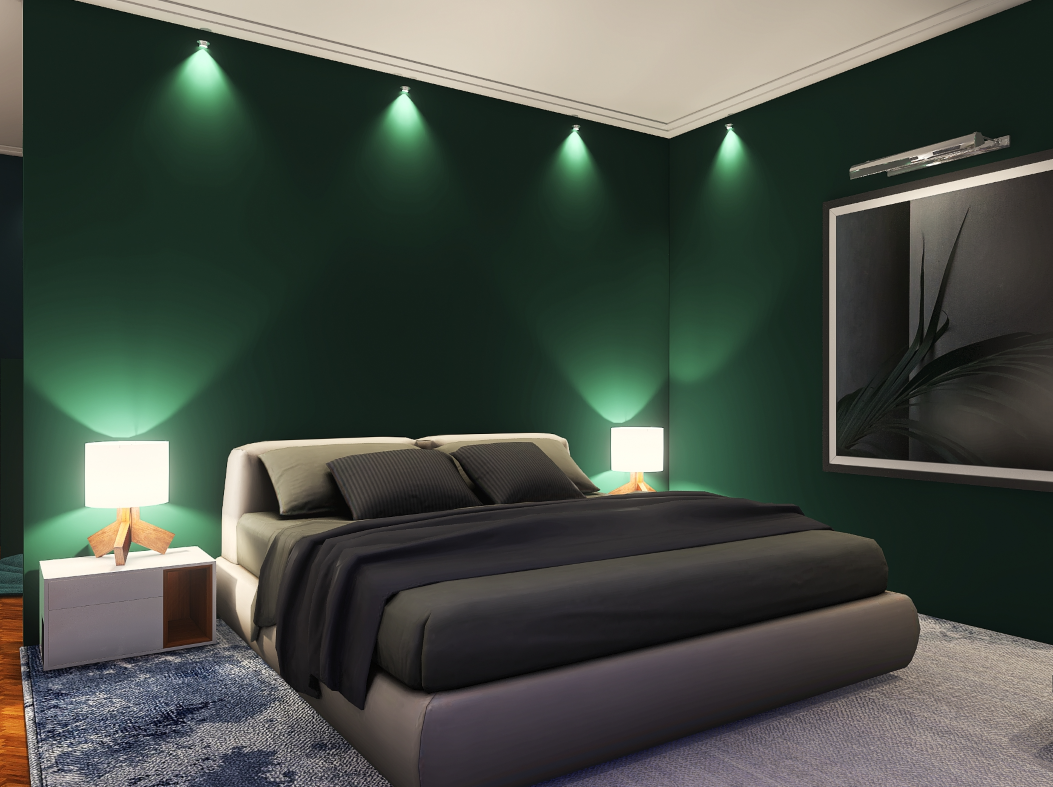17 Best Ways to Let More Light Entering Your Living Space

Now that autumn has arrived, the number of gray and rainy days gets more and longer. The amount of daylight becomes shorter as December is nearing and we miss the warm sunny days. The Sun’s path has changed according to the season and that affects the length of daytime and the amount of daylight received.
To demonstrate how the length of the daytime can differ during a year, the below study was made for a family house in Amsterdam taken in March, June, and December:
Solar study – Amsterdam, March 2020
Solar study – Amsterdam, June 2020
Solar study – Amsterdam, December 2019
It`s almost November and pouring rain is predicted for the whole week. Today is another typical workday, we get up at 6-7 o`clock in the morning and see that outside it is still dark and hear the raindrops falling. We feel cold, turn on the lights and check the thermostats. It shows “only” 19 degrees inside… and we wonder why we feel cold at the same temperature in the autumn than in the summer…
We dig out the warm clothes from the wardrobe and getting warmed up for the new day with the first cup of warm tea (and many to come). Some of us turn on the heating as well in hope of getting in a better mood, but against the warm room and extra blanket we still feel a bit depressed, missing the warmth.
From psychological aspect this kind of feeling uncomfortably cold and light depression are known to the concept of light-warmth and darkness-cold, which is intrinsic to the human psyche (Christine Warman, Hinderwell, North Yorkshire, UK).
The more light our eyes absorb, the warmer we feel. If there is insufficient daylight, we feel the same temperature colder in the autumn and winter, then in the summer. The lower level of daylight and sunlight can lead to the well-known seasonal affective disorder (SAD), which is related to the changes in seasons. We`ve surely heard about the SAD-lamp (a light therapy with 10.000 lumens or even higher) and that it can ease the symptoms of seasonal changes, increase the energy levels, and make people feel better about life and themselves.
There is no life without sunlight and no well-being without daylight.
So the most efficient way to improve our indoor comfort – instead of turning on the heating – is to provide more light during the day. On a cloudy day we can turn on the light or purchase a SAD-lamp. But to avoid any disappointment, we need to know that people do prefer natural daylight to artificial light and therefore artificial light can never be equal to natural daylight and sunlight.
If our aim is to get in a better mood, than turning on the light can make some improvement, but it will never achieve the same result as spending hours on the fresh air. Even if it`s chilly and overcast outside.
Light is the first element of design; without it there is no color, form, or texture.
Thomas E. Farin
How to Get More Light?
In case we don`t want to use artificial lighting (saving on electricity costs) we can consider the solution of increasing the amount of natural daylight entering the room.
It doesn`t matter how gorgeous a newly built or renovated house is or how expensive the furnishing was, if there is not enough light in the living space. Without light the colours and materials lose their meaning and we won`t be able to create a cosy, warm and inviting home. Through the next 9 brilliant tricks you can learn how to fix the interior mistakes and to brighten up your home by getting more light into the space.
1. Mirrors
First of all, it`s a misunderstanding that mirrors can make a room look bigger. What they really can do, is to brighten up the space by reflecting the incoming light. That`s why we have the feeling, that a brighter room looks also bigger. If we use mirrors they should be placed near to the windows or artificial lights to reflect as many lights as possible. White walls reflect the incoming light in many directions, while mirrors reflect the light towards the middle of the space.
Picture b) and d) show how mirrors alter the angle of the light incidence, while on picture a) and c) we see that natural daylight – comparing with mirrors – is the one that makes a room obviously brighter.
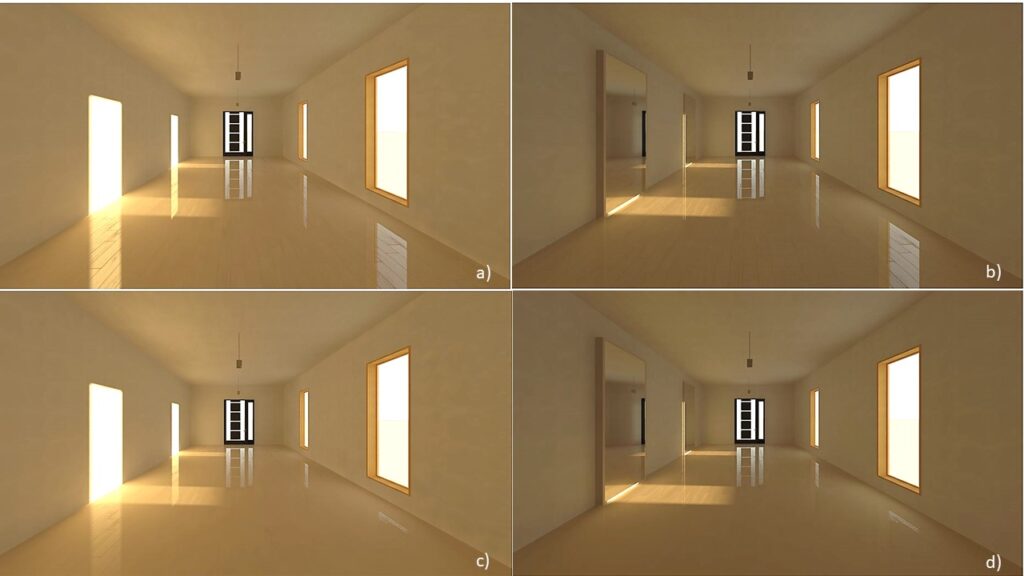
2. Glass panel doors
Having a dark hallway or a room without any natural daylight, glass panel doors allow the light to flow into the dark spaces as well. Using clear or frosted glass doors doesn`t even matter. In cases we do need privacy – thinking about bathroom, toilet, or bedroom – the best choice can be the transom windows above the door.
Transom window allows more light and also air (if they can be opened) at the same time into the room, but no insight. For small spaces, another clever idea is to replace the room dividers with clear or frosted glass panels: for example, in walk-in showers or walk-in-closet.

3. Painting white
The biggest and fastest way to lighten up any room is by painting the walls and ceiling to white. White walls and ceilings reflect the most lights in a space. Using white cannot go wrong and this is the only way to make a room to look 100% brighter and bigger. On the other hand, a white room may look sterile and cold. If we want to avoid the total whiteness, then let`s try some colours.
Light colours can also bring not just life into the room but more light too. A light gray, light blue or light yellow can work perfectly and will reflect the natural daylight, but only in that case if we pick the right tint. For example, in the Scandinavian countries natural daylight has a light tint of gray in it, while in Mediterranean countries a light tint of blue can be seen.
This difference in perception of daylight in other parts of the world, affects how we see the colours on the wall. A “blue-gray” paint won`t look the same in Finland and in Italy.
Photo made on a very cloudy day on 22/10/2020 at 12:00 a.m.
4. Light-coloured furniture
Light-coloured furniture spread out the light in a room. By changing a room layout, furniture should be placed near to windows or to areas where the natural daylight is coming in, so that the most light hit their surface. But it`s important to know, if we want to lighten up a space, we never place any furniture under the windows. They will automatically block the light and instead of making the room brighter, it will be darker.
5. Windowsill
If the windows have a sill (inside or/and outside) a great effect can be achieved by painting them white. White sills spread more light into the house and make the room brighter. Another tip: keep the windowsills tidy and remove big plants and accessories if they may block the incoming daylight. In case there are no sills around the windows, they can be added later as well.
6. Light-coloured floors
When the sun is shining into the house the light hits first the floors. If you have a light-coloured floor (concrete, tiles, hard wood, pvc vinyl etc.), then you are lucky, because the floor will reflect the light towards the walls and the ceiling, which will brighten up the room immediately. Dark floors can reflect almost as many daylights as the light-coloured ones if their surface is shiny.
So, when your dark wood floor does not have a glossy surface, you can give a glossy lacquered layer on top of it. After that, the dark floor won`t absorb the incoming light anymore but spread them out. Extra tip: nowadays you can buy a good quality floor paints and change the colour of your floor tiles, concrete or wood floors if you want to.
7. Area rugs
If you don`t want to change the outlook of existing floor, but still want to make the room lighter, then you can also use area rugs. It`s needles to mention to choose rugs with bright colours (yellow, orange, light blue, white etc.). The lighter the colour is, the more reflection can be achieved. Bright area rugs will not just lighten up the space but also keep your feet warm (unless you have a floor heating).
8. Panelling and wood ceiling
Paint the panelling on walls and the wood ceiling in light gray, light blue or white. With this small alteration the room will look brighter and bigger. For the ceiling, high gloss finish will be the best choice instead of the matt.
9. Accessories
Maybe one of the easiest brightening solutions is to change the colour of the accessories. If you have dark furniture, dark walls, maybe also dark floors, by simply adding bright coloured accessories to your interior will lighten up the space. You know, the brighter the colour is, the more reflection can be achieved.
If the walls have a real dark shade, a great contrast can be created by hanging family pictures or paintings in white frames on the walls (glass frames even better). The same result can be scored by using bright pillows, blankets on dark seating furniture.
Now let`s see all these alterations in practice and check how we`ve managed to get more light into this dark living room:
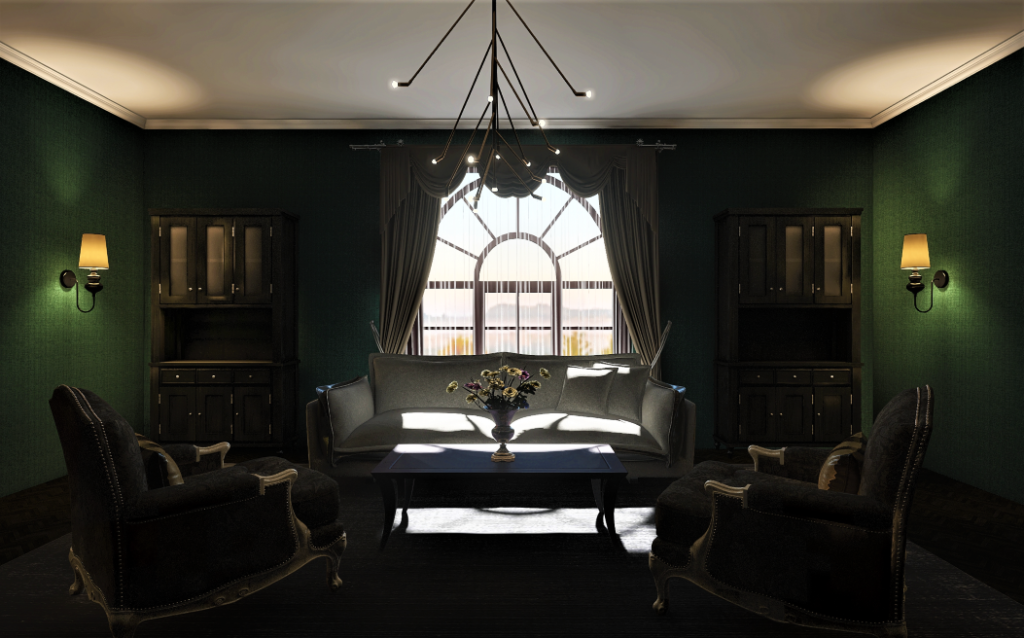
As you can see, there are lots of solutions about how to make your home brighter and lighter in the overcast autumn and winter days, and for the next time I`m keeping further 9 smart and bright tricks for you.
